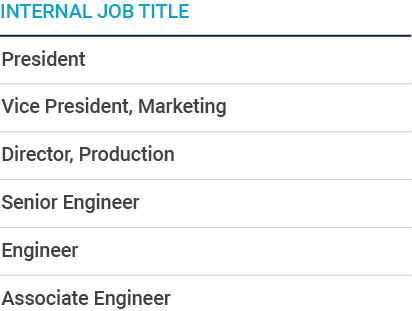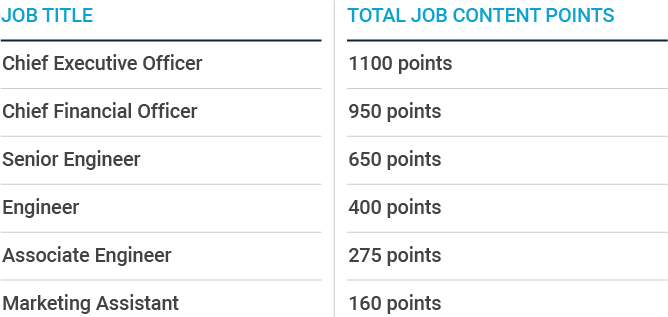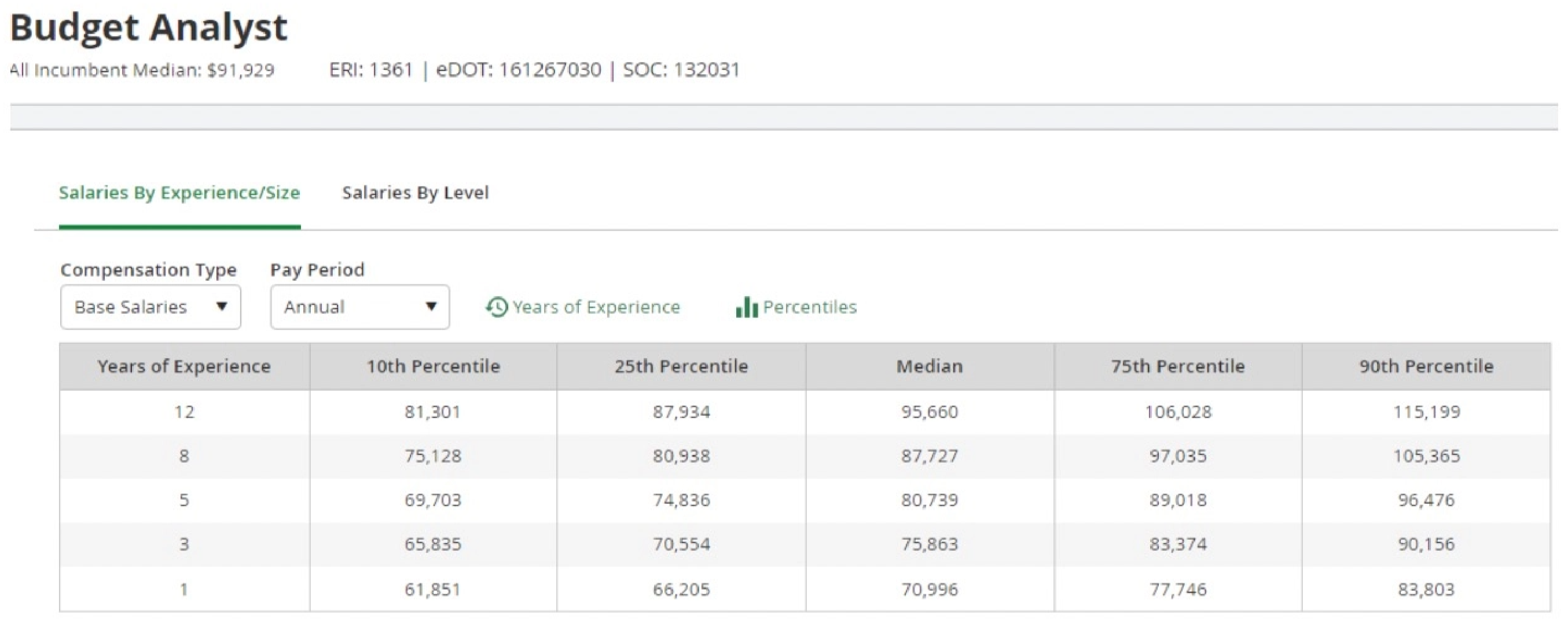How to Conduct a Job Analysis
As the modern workforce continues to change, conducting a thorough job analysis is crucial for ensuring fair and competitive compensation structures for your company. A job analysis is a systematic process of gathering, documenting, and analyzing all contents of a job. This includes detailed insights into the roles, responsibilities, skills, qualifications, and other relevant factors associated with a particular position within an organization. Job analysis serves as the foundation for various HR functions, including recruitment, performance appraisal, training and development, and, most importantly, compensation planning.
Purpose and Importance of a Job Analysis
- Strategic Workforce Planning: A job analysis provides a clear understanding of the skills and competencies required for each position. This includes any hard or soft skills. Hard skills can include learning software, operating machinery, or data analysis. Soft skills can include time management, teamwork, or creativity. A detailed job analysis of the skills and competencies needed for each job enables organizations to align their workforce with business goals.
- Legal Compliance: A job analysis helps an organization be legally compliant, especially in terms of equal employment opportunity (EEO) laws. Stay compliant with FLSA requirements and view unique exempt and non-exempt provisions for 28,000 jobs with SalaryExpert, powered by ERI’s Occupational Assessor.
- Talent Acquisition and Recruitment: Precise job analysis facilitates effective talent acquisition by ensuring that job descriptions accurately reflect the qualifications and skills needed for a particular role. This streamlines the recruitment process and attracts the right candidates.
- Performance Management: The data obtained from job analysis forms the basis for performance management systems. By defining job expectations and performance standards, organizations can assess employee performance more accurately.
- Pay Equity: A thorough job analysis provides support in your compensation planning, ensuring that you are providing employees with fair pay and addressing any pay equity issues.
How to Conduct a Job Analysis
1. Conduct a Functional Job Analysis for Human Resources Management
The first step is to conduct a functional job analysis. A functional job analysis is a systematic approach to identifying and describing the essential tasks, duties, and responsibilities required to be successful in a particular role. It also helps identify the knowledge, skills, and abilities that allow an employee to be successful. To accomplish this, collect all the details, including the tools involved in a job, data the employee works with, and interactions with other departments. Be sure to have all this information recorded for future reference. There are various approaches to collecting accurate information:
- Observation: Observing your employees in their work environment provides valuable insights into their daily tasks and responsibilities. This is quite easy but can also be time consuming, especially for large organizations.
- Interviews: Conduct structured interviews with employees, supervisors, and subject matter experts to help gather qualitative information about job requirements. This will give you an idea of how an employee’s current responsibilities align with the job.
- Questionnaires: Distributing questionnaires to employees can be an efficient way to collect quantitative data about job tasks, skills, and responsibilities.
- Skill Assessments: Skill assessment is a key component of job analysis, helping organizations understand the proficiency levels required for specific roles. This information guides training and development initiatives and ensures a skilled workforce.
- Online Tools: SalaryExpert, powered by ERI’s Assessor Platform, has an occupational assessment tool with complete job analysis forms reflecting an individual’s training, experience, and limitations to generate lists of jobs with requirements falling within these restrictions. Use this job analysis tool as a guide to compare similar positions within your organization.
2. Research Industry Standards
In addition to internal research, it is always a good idea to research similar jobs in your industry and evaluate how the job is aligned with industry standards. Conducting industry research can help identify any gaps in your job descriptions and compensation planning. The Assessor Platform can help you easily understand how compensation for a particular role compares to the industry standard.
3. Job Analysis and Evaluation
After internal and external research, including identification of the essential skills, qualifications, and characteristics necessary for successful job performance, it is time to conduct a job evaluation. Job evaluations are a systematic process for determining the relative value of jobs in an organization based on job content. There are several types of job evaluations, and each method has different benefits for creating a well-rounded, total compensation package.
- Job Ranking: Job ranking involves ranking positions based on their importance to the organization, with the highest-ranked job considered the most critical. For instance, with the highest-ranked position on top, this job ranking is ordered as follows: President, Vice Present, Marketing, Director, Senior, Engineer Associate Engineer.

- Job Classification: Job classification utilizes guidelines to organize job ranking. These classifications help organizations group together jobs at the same level. For instance, these groups may be used: Director, Manager, Senior, and Entry-Level.

- Point-Factor Method: This method assigns points to various job factors, such as skills, responsibilities, and working conditions, to determine the relative value of each job. Total points are used to create a job-worth hierarchy used to formulate salary guides.

- Market Pricing: Market pricing is a method in which the value of each job is determined by the external market. Use the Assessor Platform to benchmark jobs to the external labor market and ensure equity pay.

4. Define Compensation and Benefits
With all the knowledge from your research, it is time to define the compensation and benefits for each job and design a balanced total compensation package for you and your ideal candidate.
5. Revise Job Descriptions
An effective job description helps you find the right potential employees for the role based on skills and experience, streamlining the hiring process. When revising your job descriptions, keep in mind that this sets the tone for your company culture for future employees.
6. Regularly Conduct a Job Analysis
Conducting a job analysis should not be a one-time event. As the industry and organization continue to evolve, expectations for any job will change. Review the process of your job analysis, including things that worked for you and things that did not. That way, you streamline the job analysis process and continue to improve as your organization grows.
As the importance of job analysis continues to grow, so does the need for compensation professionals to stay ahead of the curve in creating a well-informed and strategic approach to workforce management. By understanding the purpose, methods, and tools involved in job analysis, you can pave the way for fair and competitive compensation structures within your organization. Utilizing occupational skill and job analysis tools to assist in your compensation planning can ensure efficiency and accuracy in the job analysis process.
